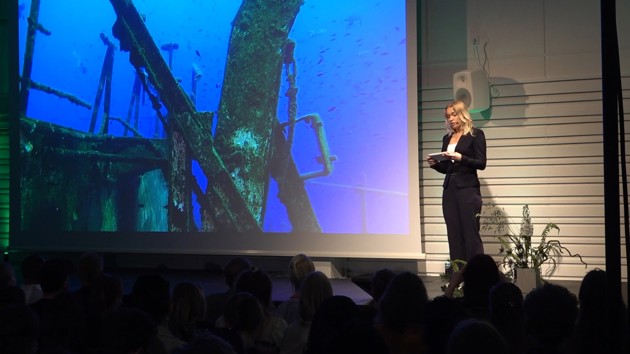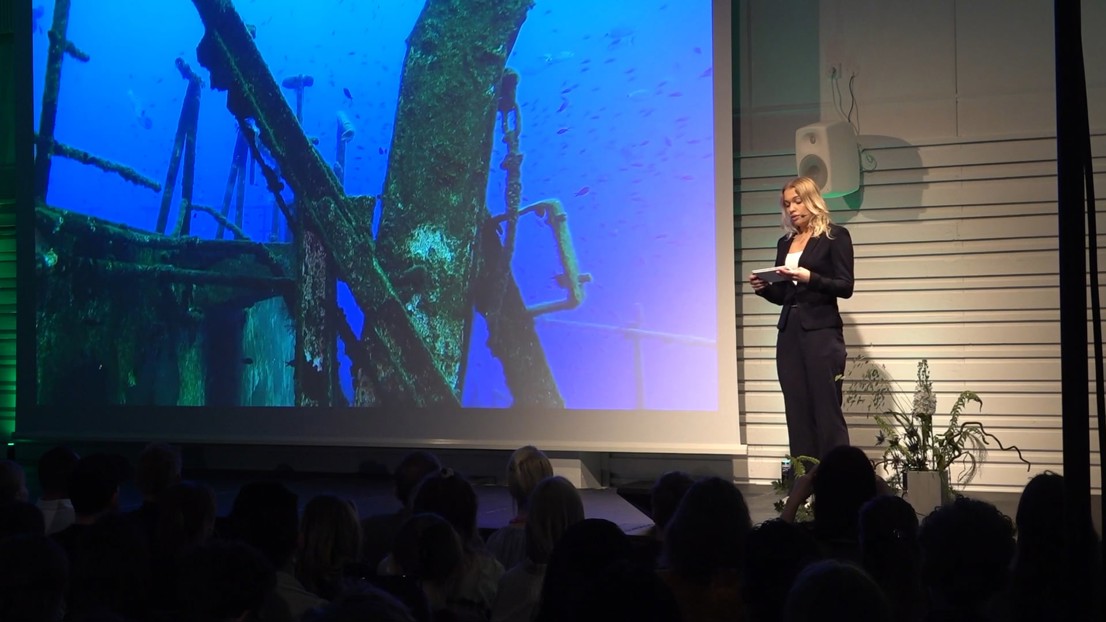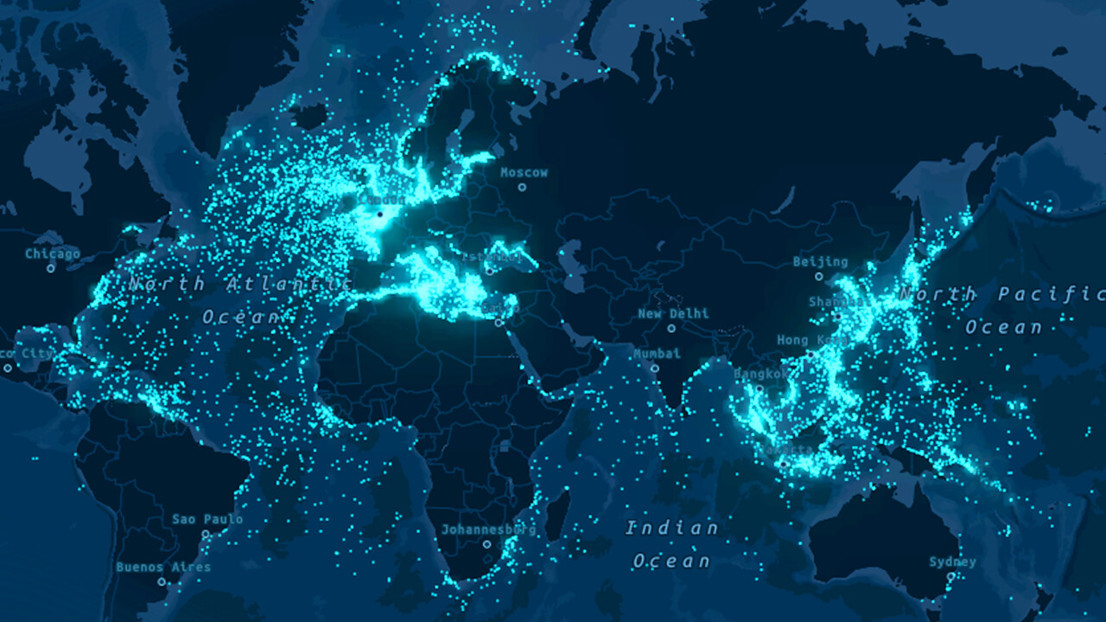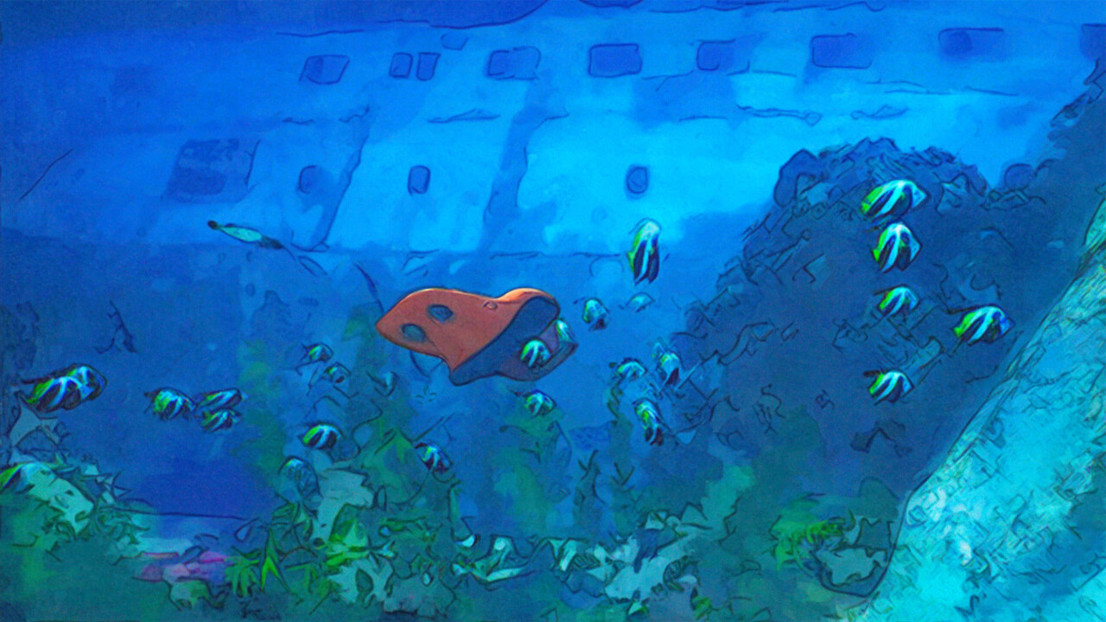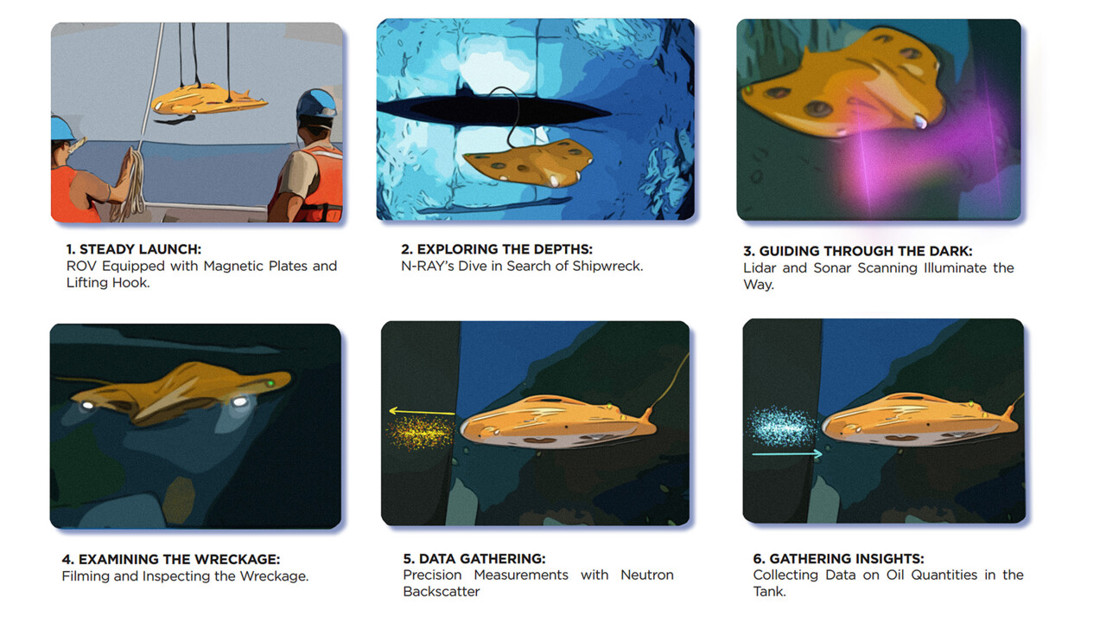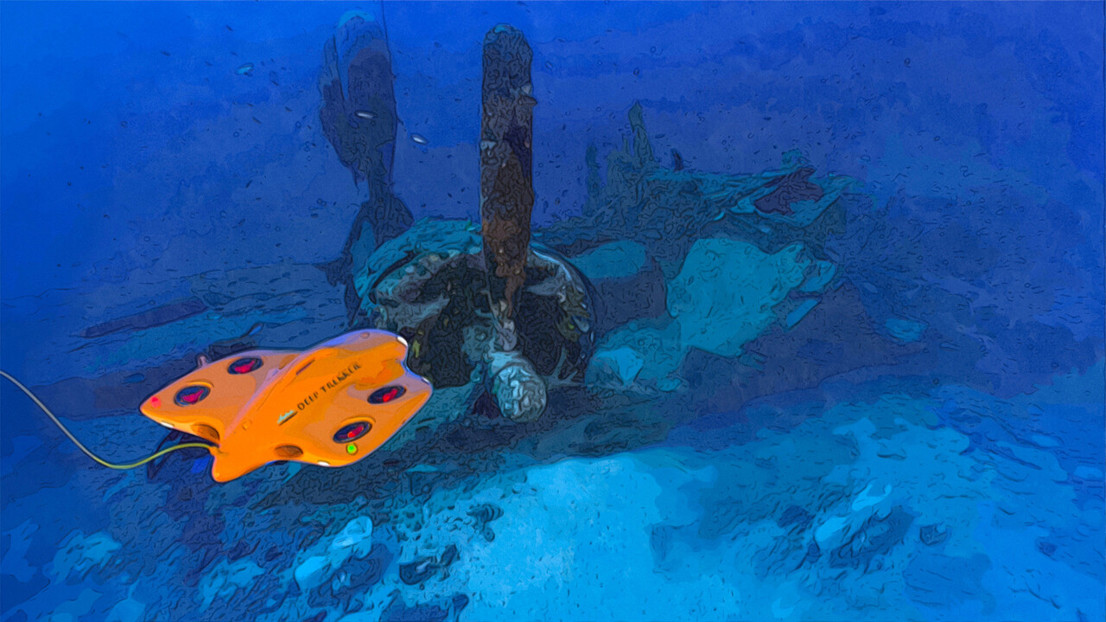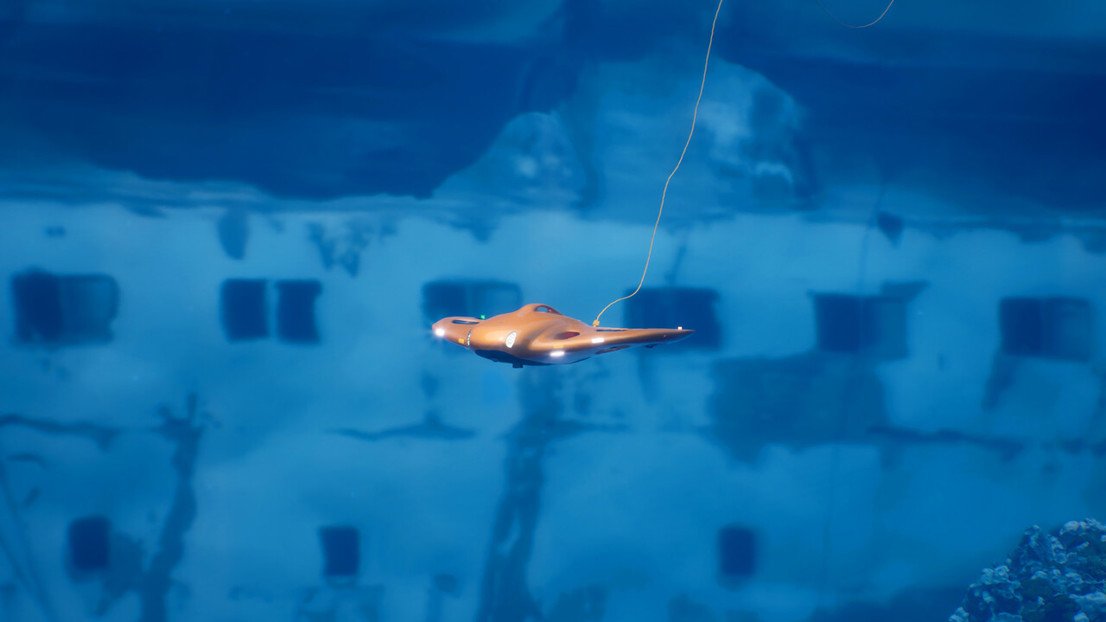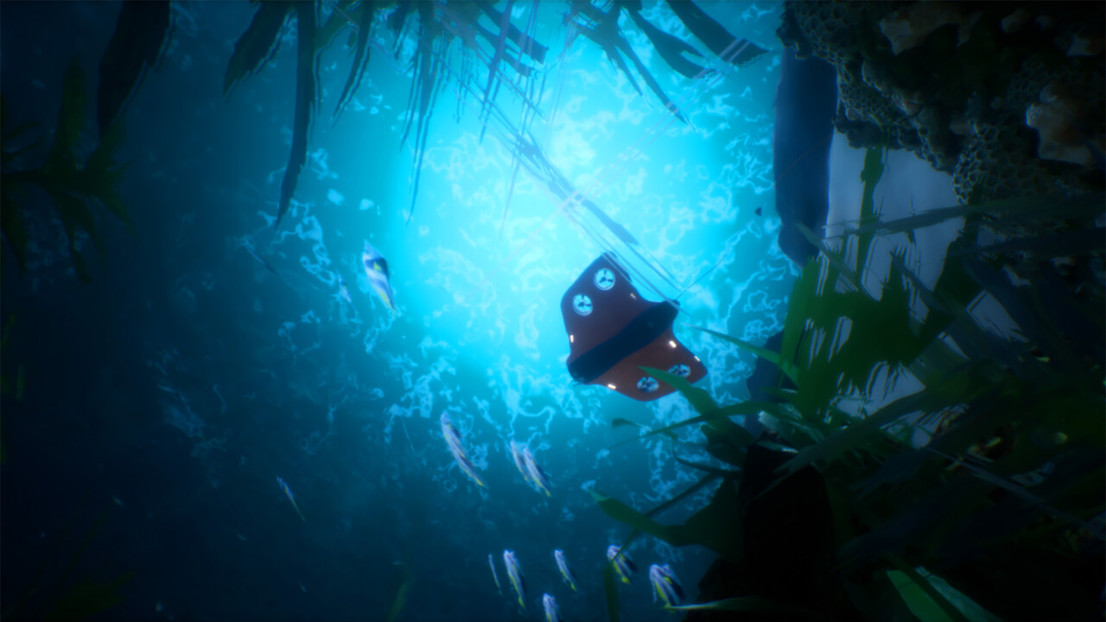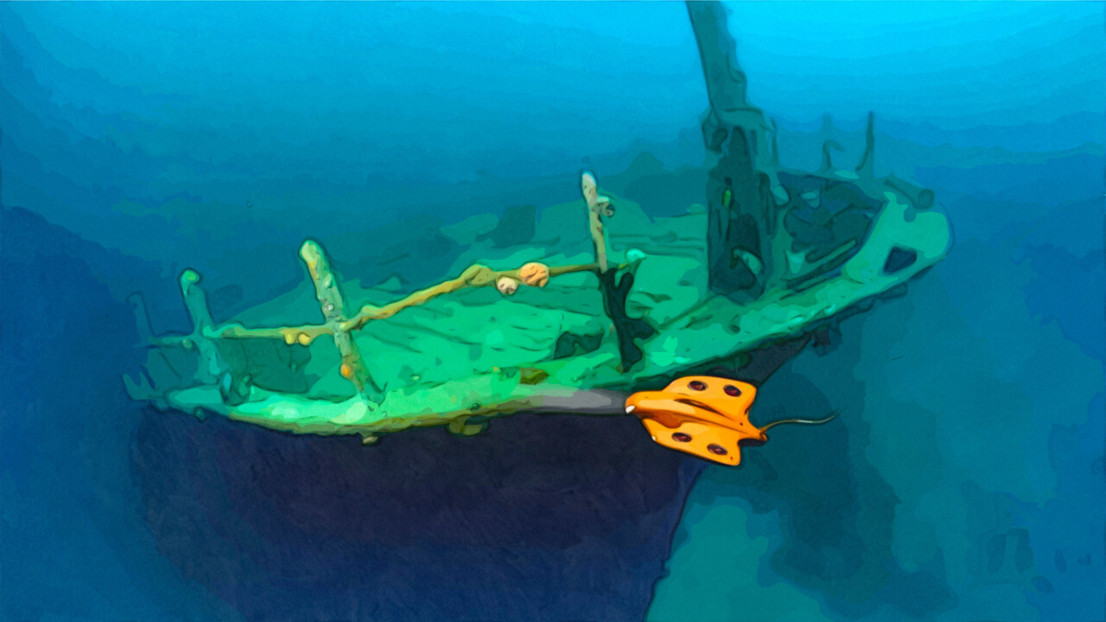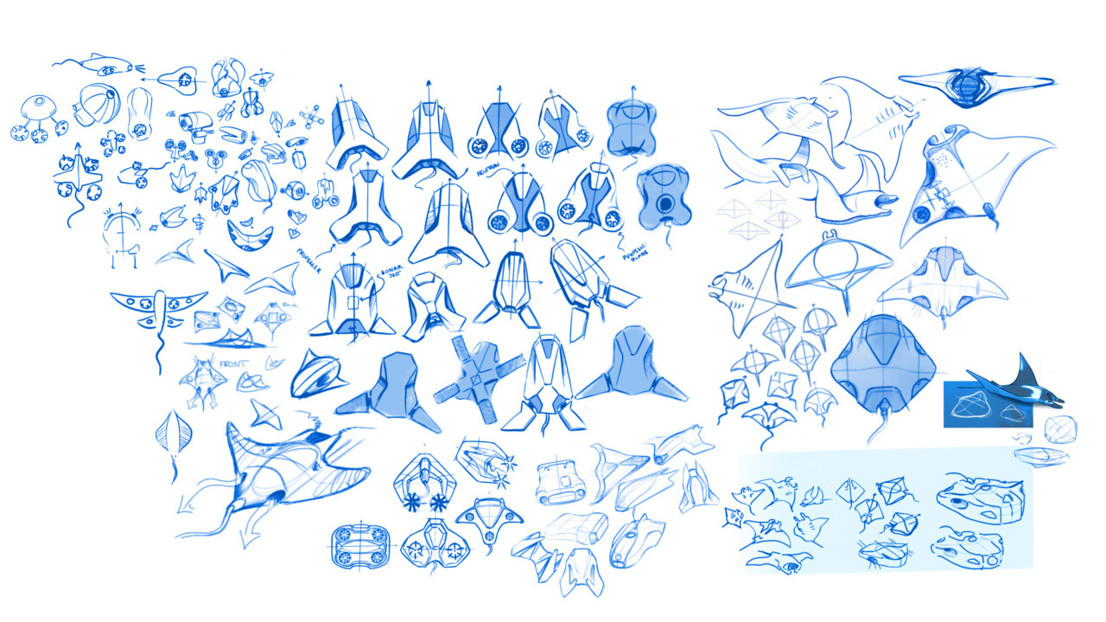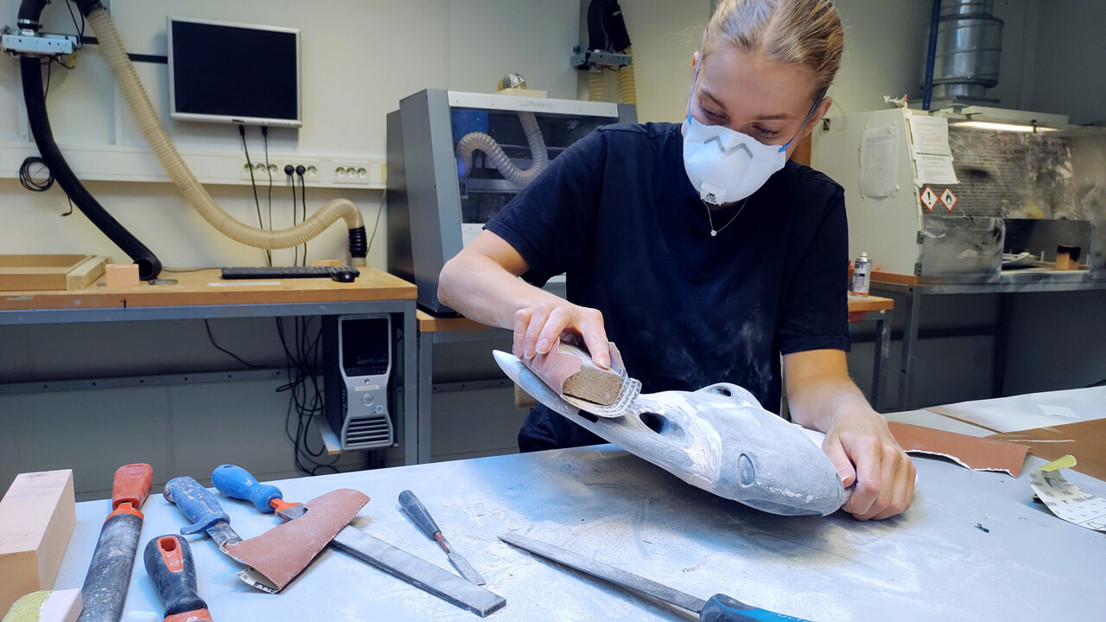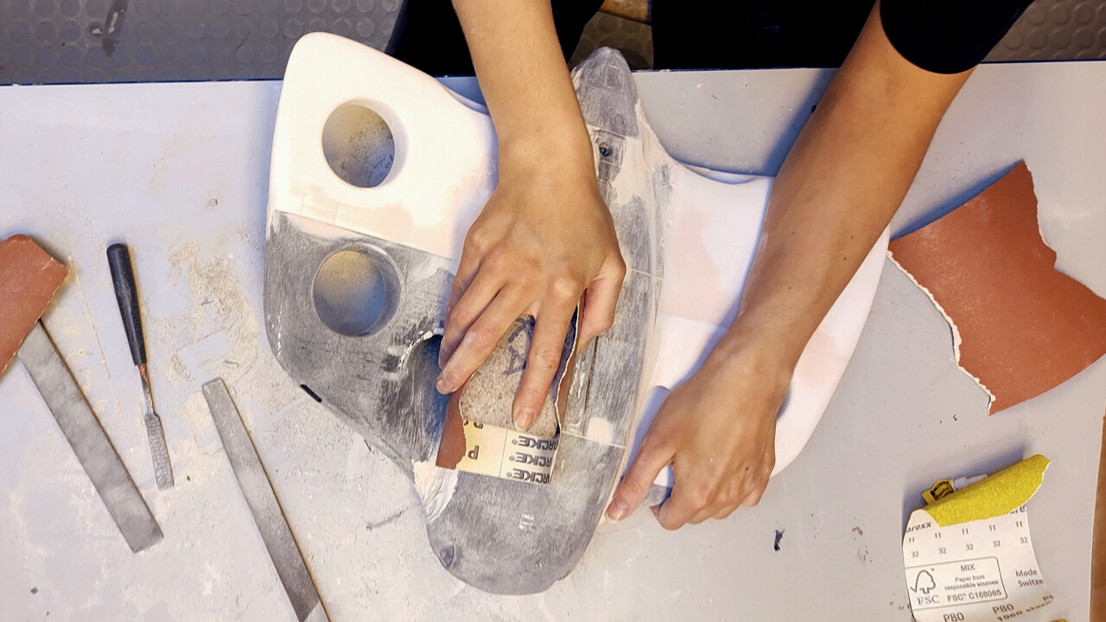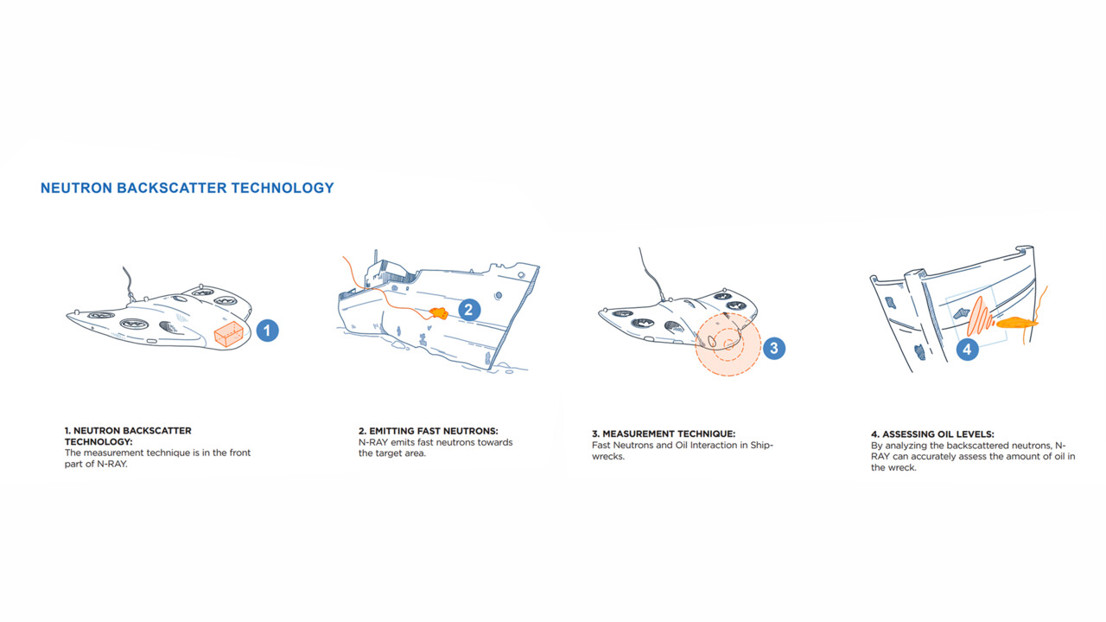Intro: Over 20,000 ships sank during World War II carrying a range of hazardous substances including oil.
N-RAY
The project aims to identify oil from of shipwrecks lying on the seabed using N-RAY, an underwater robot equipped with neutron backscatter reading technology. Over 20,000 ships sank during World War II, and today, these thousands of shipwrecks lie on the seabed containing large quantities of hazardous waste. These wrecks have been deteriorating for over 80 years and continue to leak oil. With the effects of extreme weather and climate change, the corrosion rate of wrecks is accelerating, posing a looming threat. An estimated 20 million tons of oil are at risk of being released into the oceans. This is a looming problem that poses a threat that is not visible on the surface until oil begins to leak.
Project information
Identifying environmentally hazardous wrecks and potential oil leaks requires a range of tools and techniques for safe oil removal. However, the process is time-consuming and can take years to complete, increasing the risk of oil spills. Oil spills from wrecks can have catastrophic consequences for ecosystems, especially for organisms in the vicinity of the wrecks. Streamlining the cleanup process for these wrecks is critical to mitigating these risks. The project focuses on improving oil mapping techniques to effectively identify and assess the amount of oil in wrecks.
Methods
The scanning technology plays a decisive role in finding an effective solution for the clean-up work. Thanks to neutron backscatter technology, accurate measurements can be obtained as the technique is functional underwater. By emitting fast neutrons and analyzing the scattered neutrons, we can precisely determine the amount of oil present in a shipwreck. This is crucial for detecting potential oil spills and taking preventive measures. Valuable insights from Deeptrekker regarding the manufacture of the robotic underwater vehicle (ROV) have been incorporated into the design process, with an emphasis on minimizing water resistance through streamlined designs. Cooperation with wreck cleanup experts and interviews with researchers at the Norwegian Maritime and Water Authority have provided an overall understanding of oil-leaking wrecks and guided the project's direction. The project integrates environmental considerations and sustainability into the design process, aiming for an efficient ROV solution that promotes responsible wreck clearance. Goals such as sustainable consumption and production (Goal 12), responsible management of chemicals and chemical waste (Goal 12.4), life under water (Goal 14) and protection of biodiversity and natural habitats (Goal 15.5) contribute to the broader goals pursued.
Results
The solution to this challenge is N-RAY, an underwater robot equipped with neutron backscatter reading technology. N-RAY utilizes fast-charged neutrons and advanced sensors to accurately detect and quantify the amount of oil present in shipwrecks. This innovative and non-invasive approach eliminates the need for invasive drilling or risky diving procedures, ensuring the safety of personnel involved in the cleanup efforts.
With N-RAY's precise oil measurement capabilities, the remediation process becomes more efficient and effective. The accurate assessment of oil quantities enables targeted cleanup measures and reduces the risk of prolonged and extensive oil spills. By swiftly identifying and addressing potential oil leaks, N-RAY helps to prevent further harm to the marine environment and safeguard fragile ecosystems. Moreover, N-RAY's advanced technology and streamlined approach significantly
contribute to resource optimization. The ability to quickly and accurately assess the extent of oil contamination in wrecks allows for better planning and allocation of resources, resulting in cost and time savings during the cleanup process. Ultimately, N-RAY plays a crucial role in ensuring a better future for both marine life and future generations. By effectively addressing oil leaks in shipwrecks, we can protect and preserve our valuable oceans, safeguard diverse ecosystems, and support the sustainability of our planet.
In collaboration with:


UID23 | Josephine Samuelsson Wahl – Grad Project Presentation
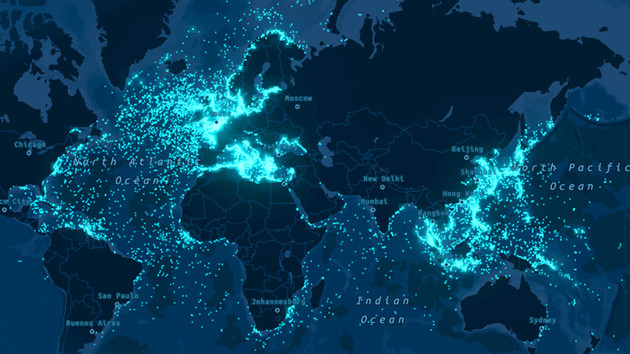
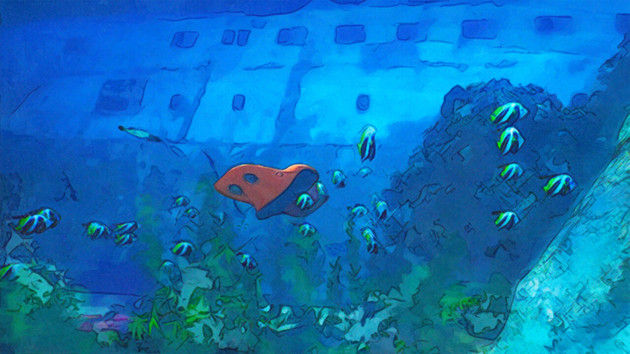
artwork: environment
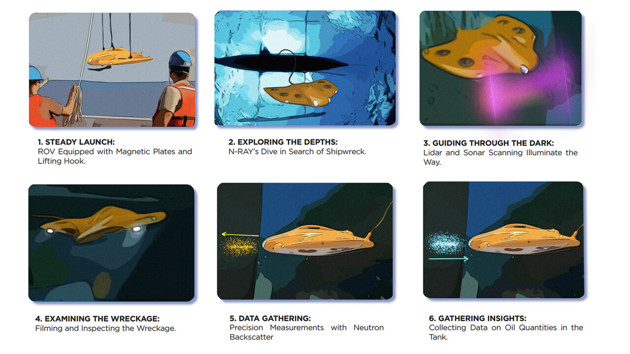
senario: the working process using N-RAY
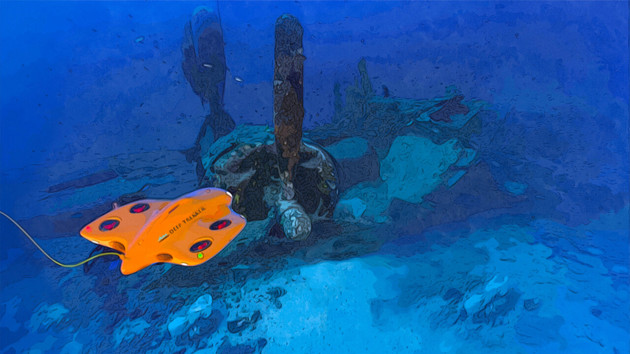
measurement
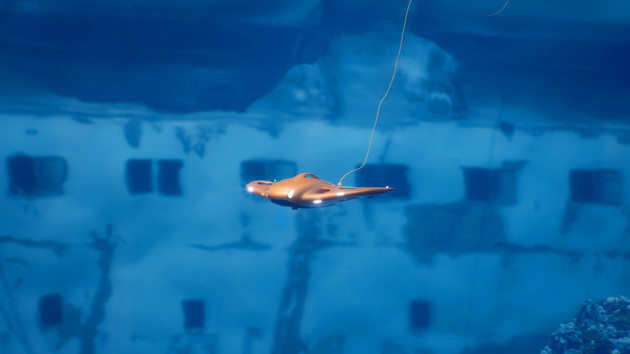
result: environment
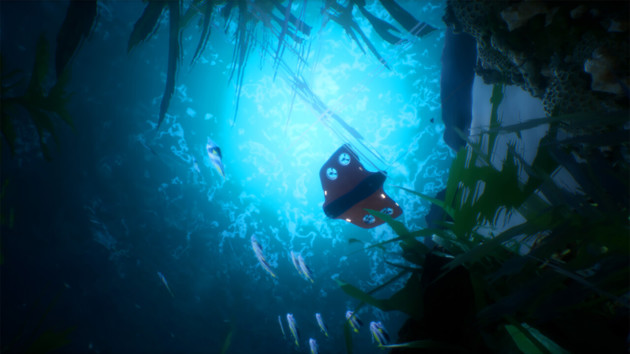
result: environment
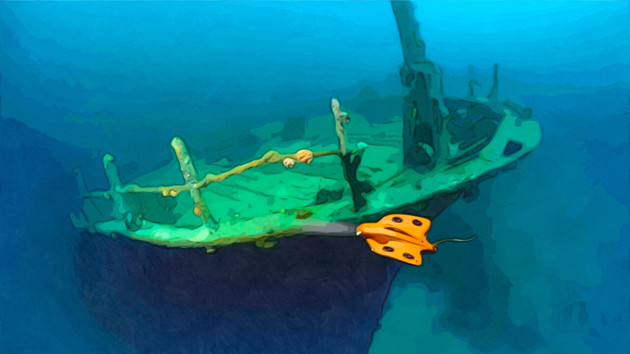
result: environment

process: sketches
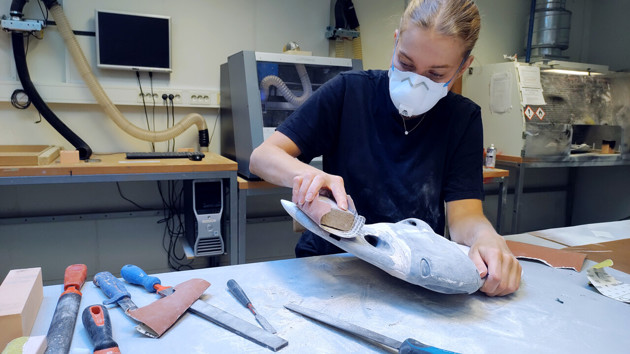
process: Model making worked on making a physical model
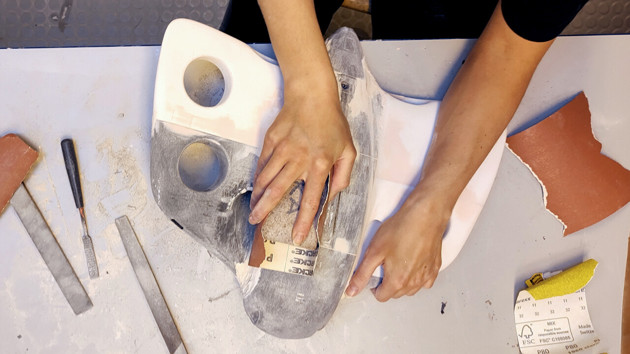
process: model making worked on making a physical model

result: Neutron backscatter How does it work?

